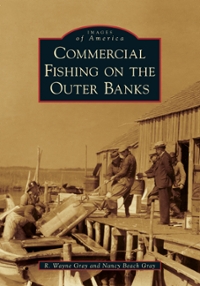(b) In equilibrium wages are given by the marginal product of labor. What will happen with wages in the shortrun and the longrun? (c) Now, assume that country B is identical to country A in all aspects (i.e., same savings rate, technology, etc.) EXCEPT for its initial value of k. Specically, assume that led > 35 with all values bellow the steady state level let . Which country will have the higher initial M PK? Explain with graph or equation. . Which country will have the higher growth rate for ls? Explain. Question 4 (W orking with the data, 30 points). This is a Growth Accounting Exercise for the U.S. over the period of 1950 to 2015. Using data from the le EC0507_GrowthAcmunting_Data, (a) Calculate the average labor income share over the period 19502015. [Note that the labor income share is dened as rurambiguous labor income divided by the sum of imambiguous labor income and unambiguous capital income). (b) Using GDP Deator, construct the series of real investment I, over the period 19502015. Suppose that the depreciation rate is 5.5% and the initial real capital stock in 1950 is 5502. Construct the series of real capital stock K1 over the period 19502015. (c) Calculate the average "consumption of xed capital",' real GDP over the period 195(12015. Calculate the average 5 * KJY, using the constructed series K, and Y, is real GDP. How do the two numbers compare with each other? Calculate the average real capital stock/real GDP ratio for the period 19591960 (11 years). How does that compare to K mm,' 1395,)? ((1') Construct the series of Solow residuals z, using the following production function r; = .2, K31. ,l-a, where Y,: real GDP, R}: constructed real capital stock, L,: total hours worked, 2,: Solow residual, and 1 o: average lahor income share. (6) Find the linear trend of the natural logged Solow residual series (Hint: Problem Set 1 Ques tion 5). In a graph, plot the natural logged Solow residual series and its linear trend. Calculate the average annual growth rate of the Solow residuals. (f) Find and plot the percentage deviations from linear trend of the natural logged Solow residual series. Calculate the business Cycles volatility, measured as the standard deviation of the percentage deviations from linear trend of the natural logged Solow residuals







